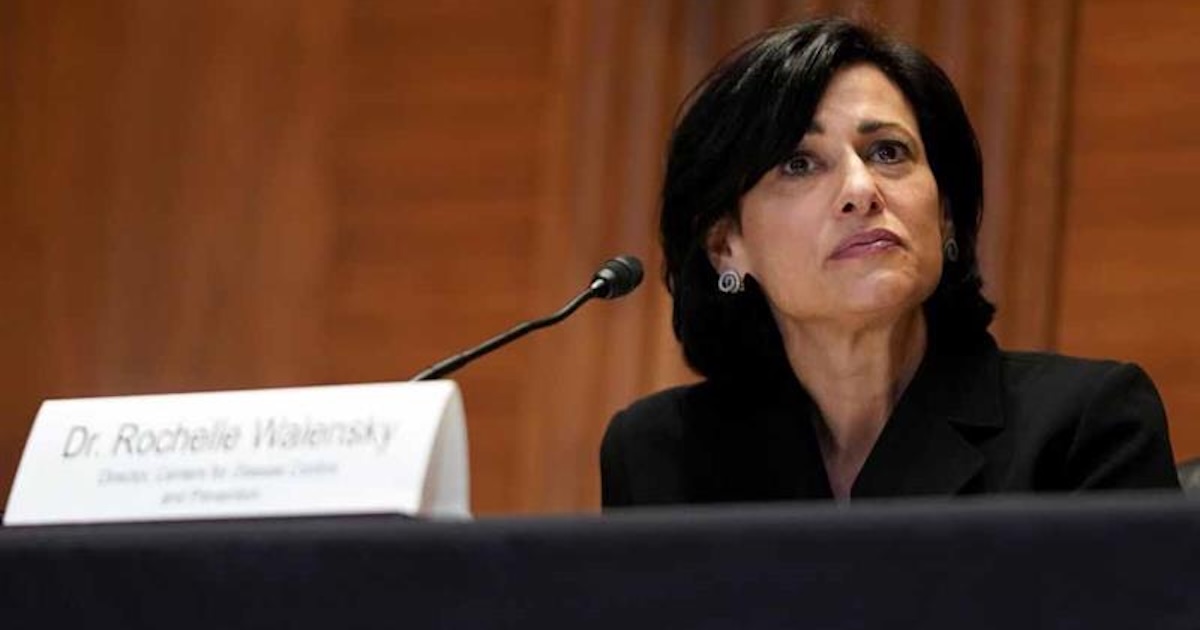Teledentistry is taking off in California.
Gov. Jerry Brown has signed a bill that requires the state's Medicaid program, Medi-Cal, to pay for certain types of dental services delivered through telehealth, while also expanding the types of services that dental assistants and hygienists could provide while under remote direction by a dentist.
According to Kaiser Health News, California is among the first states to launch a teledentistry service; West Virginia, Hawaii, Oregon and Colorado are looking into similar programs. The goal, supporters say, is to extend dentistry services to those who might not normally find their way into a dentist's office.
“That’s the real key. It’s a way of getting people who are outside the system into the system,” James Stephens, a Palo Alto-based dentist and president of the California Dental Association, told KHN. “Preventive care costs so much less.”
State officials say the expansion will cost roughly $500,000 per year, but could help reach the estimated 50 percent of state residents eligible for dental services through Medi-Cal who aren't getting that care. Over the long run, officials expect to recoup those savings in reduced medical expenses tied to long-term lack of dental care.
The program could have a particularly positive effect on children. The Centers for Disease Control and Prevention says tooth decay affects children more than any other chronic infectious disease. Yet in 2011, only 27 percent of California children who qualified for Medi-Cal visited a dentist – and that number was down from the 34 percent report in 2009, according to figures compiled by California Medicaid Management Information Services.
Officials acknowledged they still have to work out reimbursement issues with providers, and that could prompt some debate. According to KHN, Medi-Cal might reimburse providers at a lower rate than for office visits to control costs, while providers might want to be paid the same rates as in-person visits.
The new law, which goes into effect Jan. 1, 2015, will enable dental assistants and hygienists to do some services – such as taking X-rays and installing temporary fillings – while consulting online with a dentist, while more extensive procedures would still require an in-person visit. To reach that underserved population, state officials plan to deploy hygienists and dental assistants to various community organizations and centers, schools and nursing homes.
The law follows through on a Virtual Dental Home Demonstration Project launched five years ago by Paul Glassman, a dentist at the San Francisco-based University of the Pacific. That project involved 11 different organizations and provided dental care to some 2,000 people across the state.
"We're very, very excited," Glassman told KHN. "It's great ending to a long, long adventure here. The next challenge is to be able to spread the system."


